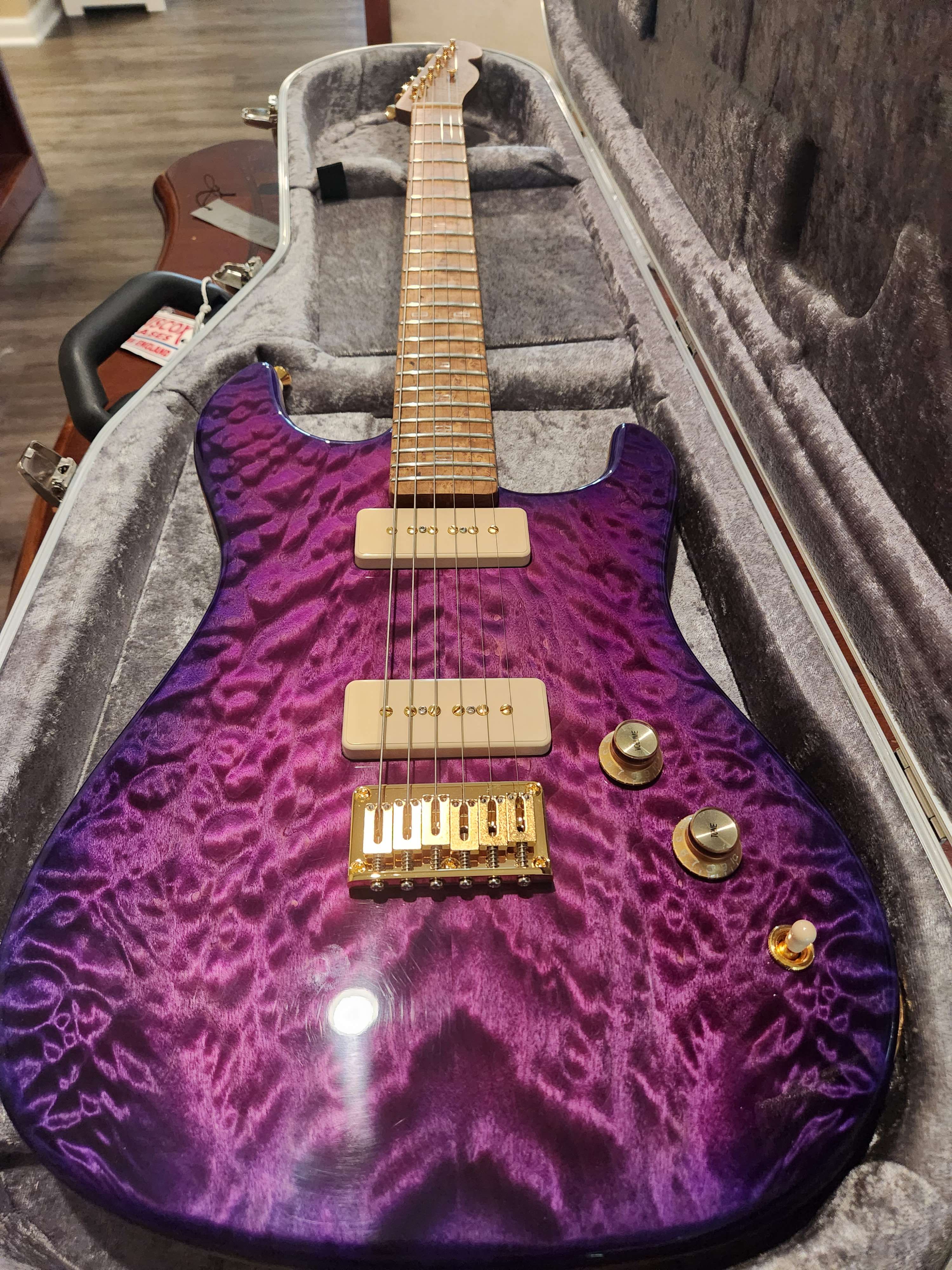The shiny puddles look like some low-temp metal melted and oozed out of the car as it burned. I wonder what part(s) melted, and what type of metal it is?
The picture is from a NPR piece about the current Los Angeles wildfires: https://www.npr.org/sections/the-picture-show/2025/01/09/g-s1-41784/los-angeles-fire-photos
That is almost certainly aluminum, not enough lead in a modern car and the color is wrong.
Aluminum melts at a bit over 1200 degrees freedom, wildfires can exceed 2000 freedom units.
Engines, wheels, and suspension components are commonly made from aluminum. Looking at the scene presented, it is probably mostly the wheels that melted and ran downhill.
1200 F ~ 649 C
2000 F ~ 1093 C
Thank you
Damn, you replied before I did. I was gonna say that it looks like someone is using leaded fuel
Edit: Also, the F does stand for freedom, so “degrees freedom” is correct. But I thought “freedom units” are like when you say how many infant-fevers hot a fire is.
Today was a cold, stiff day with only 3 degrees of freedom
with only 3 degrees of freedom
So almost fully constrained!
Units of freedom is a measurement of freedom related to the number of children killed in school shootings.
Freedom units are units of measurement in countries that have been to the moon, analogous to saying metric in referring to a base 10 measurement system that was used to get to the moon.
Magnesium alloy subframe, suspension, and wheels are also fairly common in modern cars.
FWIW the magnesium would burn rather than melt probably
Something about this really makes me want to see if you can separate out the component metals of a car via extremely high temp fractional distilation.
Clearly what we’re seeing here is the T1000. I highly recommend running away before it reforms.
Have you seen this boy?
Wolfie’s fine, dear. Wolfie’s just fine. Where are you?
I’m guessing it’s aluminium. Looks the same as what would be left over after a bonfire with my friends (we’d toss empty beer cans into it).
Hey those cans have plastic liners so make sure you arent breathing in the smoke
Yep, it melts at something like 660C, so pretty low.
It’s aluminum. There’s a number of places in the engine it could have come from. Have some friends that kept similar souvenirs after losing cars in the Camp Fire.
Looks like a newish BMW 5 series. The puddles of metal are a mix of aluminum and magnesium. BMW uses a lot of magnesium in the engine block and other parts.
Wouldn’t the magnesium burn instead of melt, though?
Probably not enough surface area. Magnesium alloys are mostly dangerous when you’re metalworking. Dust, shavings, turnings, that’s a real hazard.
I mean, it’s true that solid (not powdered) magnesium is safe to use because it’s not going to spontaneously burst into flames on its own from high temperatures alone, but that’s not what we’re talking about. We’re talking about what happens to it after the car is already fully engulfed in flames from another source. I’ve been doing some reading about it in the last 10 minutes, and the sources I’ve found have pretty much been in agreement that when exposed to flame, the temperature at which the magnesium would combust is lower than the one at which it would melt.
For example, from https://firefighterinsider.com/magnesium-flammable/ :
Magnesium… will ignite at temperatures of around 630 degrees Celsius or 1166 degrees Fahrenheit.
…
Magnesium melts at about 1,202 degrees Fahrenheit or 650 degrees Celsius.
In most cases, it will ignite before it melts and molten magnesium is something that would need to be made under strict conditions in a lab.
My guess is that the re-solidified pool of metal is probably close to 100% aluminum or maybe a mix of aluminum and steel, but wouldn’t contain much magnesium. (Or rather, the magnesium it would contain would be particles of MgO (magnesium ash) suspended in it, not metallic Mg.)
I suppose if we’re talking about aluminum-magnesium alloy car parts instead of pure magnesium ones, the eutectic nature of the alloy might cause the pieces to melt before they caught on fire. But once it is melted, I’m not sure being mixed with aluminum would continue to stop the magnesium from igniting.
See also:
Looks like a fallout screenshot. It you pan just a little to the right there would be the red rocket gas station and dogmeat looking at you.
deleted by creator
Were the front wheels made from two metals of different melting points?
Could be steel rims. Engine blocks are typically Aluminium which have about half the melting point of Steel at only around 600C depending on alloy, which is pretty low in the metals world.
Rims are also typically Aluminium but they are clearly not as melted so could be steel rims or the fire was not as concentrated there (core of the car burned out while the outside was bit cooler)
Edit: The molten material could be from even lower melting point Al alloys (High in Silicon or Magnesium). Cars also can use some high Magnesium alloys that can have even lower melting point.
deleted by creator
It’s bleeding











